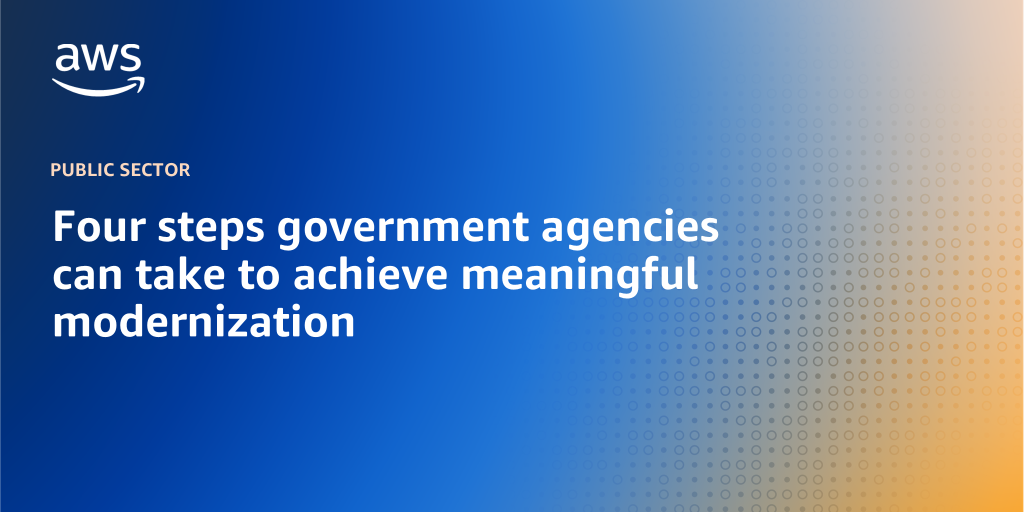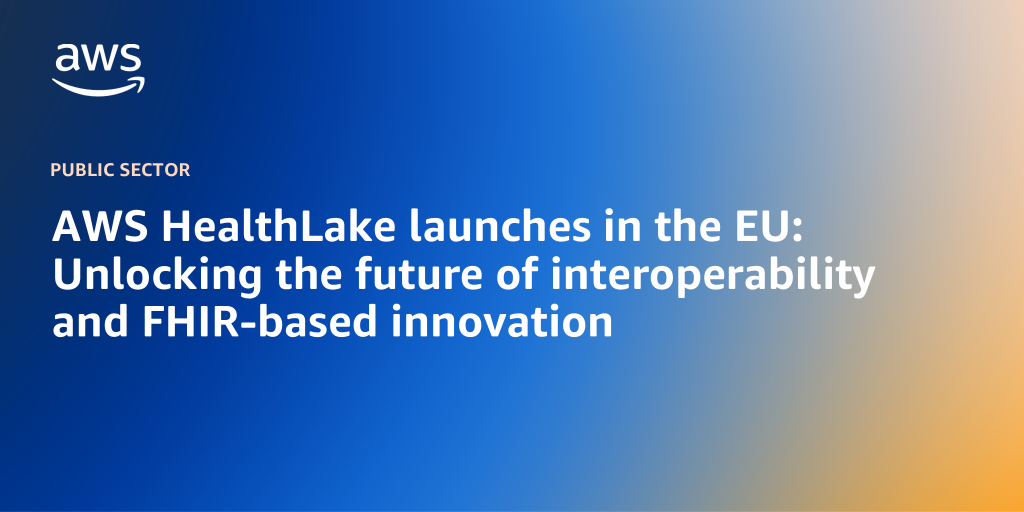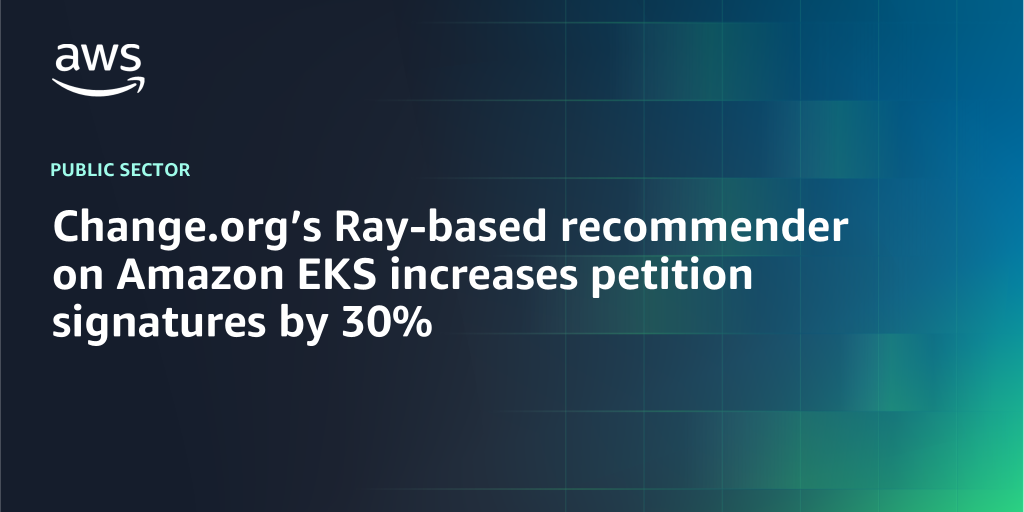AWS Public Sector Blog
Category: Artificial Intelligence
Four steps government agencies can take to achieve meaningful modernization
Drawing on the extensive experience AWS has in partnering with public sector organizations worldwide, here are four transformative steps agencies can take to drive meaningful modernization and shape the future of government service delivery.
How to estimate Amazon Bedrock costs for public sector applications
As state and federal organizations increasingly explore generative AI implementations using Amazon Bedrock, they face a critical challenge: accurately estimating the costs associated with these workloads. In this post, we cover details about estimating costs on Amazon Bedrock.
AWS HealthLake launches in the EU: Unlocking the future of interoperability and FHIR-based innovation
We’re excited to announce the expansion of AWS HealthLake to the EU (Dublin) Region, marking a significant milestone in our commitment to supporting healthcare organizations across the European Union (EU). Read this post to learn more.
AWS Health Data & AI Day Dublin 2025: EHDS implementation and healthcare innovation
On June 24, 2025, Amazon Web Services (AWS) will welcome healthcare professionals to our Dublin offices for AWS Health Data & AI Day—a full-day event focused on the European Health Data Space (EHDS) and the transformative potential of artificial intelligence (AI) in healthcare. The event will bring together healthcare leaders, technical experts, and innovators to explore how secure, standardized, and interoperable data sharing can improve healthcare delivery and patient outcomes across Europe.
Enhancing public safety operations with Amazon Bedrock
In this post, we discuss a noise complaint solution that uses an Amazon Bedrock Agent to serve as an intelligent interface between citizens and the computer-aided dispatch (CAD) system.
Customizing isolated JupyterLab environments in Amazon SageMaker Studio
This post demonstrates how to enhance security and compliance in an isolated SageMaker JupyterLab environment by implementing two key customizations: configuring download restrictions and implementing secure Python package installation through AWS CodeArtifact.
Building machine learning operations framework with Amazon SageMaker: Technical Safety BC’s Journey
Technical Safety BC (TSBC) regulates the safe installation and operation of technical systems (electrical, gas, boiler, elevator, etc.) in British Columbia. This post showcases how the TSBC built a machine learning operations (MLOps) solution using AWS to streamline production model training and management to process public safety inquiries more efficiently.
Change.org’s Ray-based recommender on Amazon EKS increases petition signatures by 30%
Read this post to learn how Change.org built a next-generation recommender on AWS that turned more awareness into action—boosting petition signatures by 30 percent.
North Carolina Division of Employment Security modernizes customer services with generative AI on AWS
Building on an eight-year cloud transformation journey with AWS, The North Carolina Department of Commerce’s Division of Employment Security (NCDES) is launched one of the first generative artificial intelligence (AI)-powered, public-facing solutions in the state: an intelligent virtual assistant that helps individuals navigate the unemployment insurance claim application process. Read this blog post to learn more.
Navigating financial turbulence: How Mid-Hudson Valley Federal Credit Union used AWS AI/ML to enhance forecasting and decision-making
Mid-Hudson Valley Federal Credit Union (MHVFCU) needed to automate their tools and develop advanced forecasting capabilities to make informed decisions for deposit management and growth to maximize benefit for their members. For this purpose, MHVFCU leadership sought a solution that would not only save time in data preparation and analysis but also provide accurate forecasts for balances across four key deposit products: savings, checking, certificate deposits (CDs), and money market. Read this post to learn about the solution they built with AWS.









